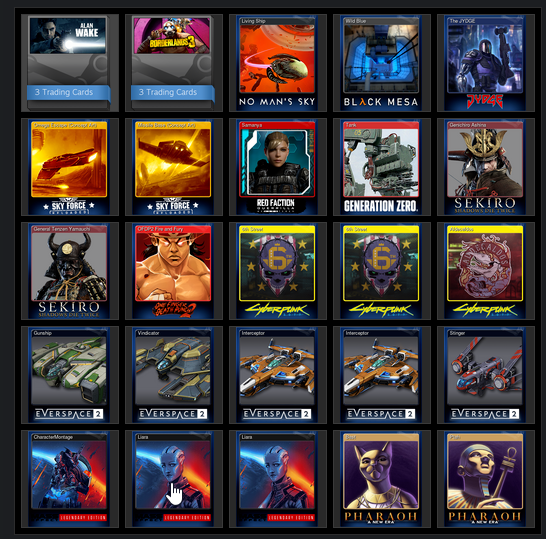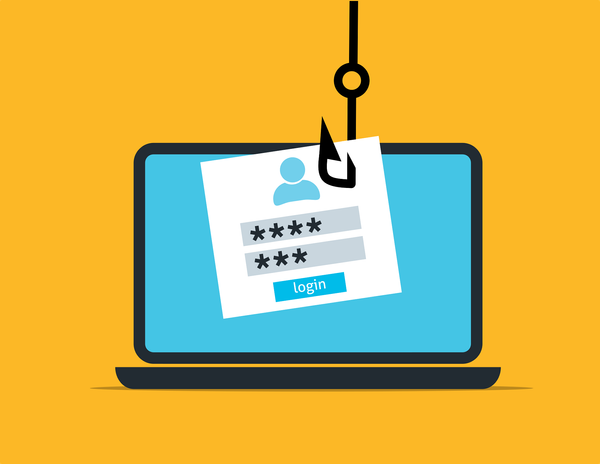Steam Trades Scam – Be Ready for Anything If You Sell or Buy Via Steam Marketplace

The Steam gaming platform has an incredibly active marketplace that trades all sorts of items, some more valuable than others. While several systems are in place to thwart fraud, the fact that trading is done with real money or with objects of value attracts criminals who devise all sorts of tactics to trick people.
The fraudsters' goals are not all that varied. Their tactics are designed to fool people into providing user names and passwords, make undervalued trades and even download and install malware.
Stealing account credentials
Phishing is a tried and true method to trick people into believing they are interacting with official websites. In this situation, scammers invent some reason why users should access a link before making the transaction. In reality, they will access fake Steam login pages or third-party sites used to steal user credentials.
The solutions to this problem are valid for Steam and any other online service.
- Enable two-factor authentication (2FA).
- Always verify URLs before entering login details.
- Avoid clicking on links from unknown users.
- Use password managers to ensure strong, unique passwords.
Steal or Swindle In-Game Items
Not all fraudsters go after credentials. In fact, many types of fraud target people who trade items or hold valuable items in their inventories.

In some situations, the scammer pretends to be a trusted middleman in a trade to facilitate the exchange, eventually taking both items. Or they could send trade offers that appear way too good to be true, but they actually include unwanted or low-value items instead of the agreed-upon items.
Fraudsters also use a simpler technique and switch valuable items with less valuable ones just before a trade is confirmed, or they could offer Steam Wallet funds, which can’t be moved from one account to another.
Scammers also ask for Steam Gift Cards in exchange for items but don’t deliver what they initially promised.
Like any other online service that uses transactions, most of these scams can be prevented just by paying a little more attention. Here's a list of simple and direct measures to make trading on Steam much safer.
- Conduct trades directly through Steam's trading system
- Avoid middlemen
- Carefully review items in trade offers before accepting
- Double-check item names, conditions and quantities
- Use Steam's confirmation step to verify details
- Remember that Steam Wallet funds can't be traded
- Only exchange items through direct Steam trades
- Avoid trades involving external payments or gift cards
Gaining Financial Benefits Through Deceptive Practices
Chargeback scams are also very common and usually involve trading items for real money through third-party payment systems. When the trade is completed, the scammer issues a chargeback and reverses payment. The solution to this problem is actually straightforward:
- Use Steam's official marketplace for all monetary transactions involving items.
- Avoid trading items for money through external platforms.

Duping scams are a form of social engineering fraudsters use when claiming they can duplicate your items and ask you to trade them first, promising to return double their value.
- Item duplication is not possible on Steam.
- Never trade items under the promise of duplication.
Impersonation scams are similar, as they also rely on social engineering. In this case, criminals impersonate friends, well-known traders, or Steam administrators to gain trust and trick users into trading items.
- Verify identities by checking profiles.
- Be wary of new or limited-activity accounts.
- Remember, Steam employees never ask for sensitive information.
Installing Malware
Finally, one goal of scammers is to trick gamers into downloading and installing malware, under the guise of proposed trades. They might send links to "secure" payment options or other websites, eventually leading to downloading malicious software that can hijack accounts or steal information.
- Avoid untrusted downloads.
- Use a powerful security solution such as Bitdefender Total Security, which can help users against malware, phishing and other types of attacks.
- Be cautious of links sent through chat or email, especially from unknown sources.
Whenever we engage in trading, no matter the platform, we expose our digital lives to attacks and scammers are always around the corner trying to take advantage. Steam is a complex ecosystem, and while that's great for the people who use it, it also means criminals always look for new and innovative ways of trying to swindle gamers.
Most security issues can be solved easily just by paying attention, but some measures are more effective than others.
If you trade on the Steam marketplace, always avoid third-party trades, never share information with other users, especially if they claim to somehow represent Valve, and don't follow links or open attachments sent by people you don't know.
If you have doubts regarding messages or interactions with people on Steam, you can always use Bitdefender's next-gen AI scam detector Scamio is designed to recognize scams from text, images and even QR codes.
tags
Author
Silviu is a seasoned writer who followed the technology world for almost two decades, covering topics ranging from software to hardware and everything in between.
View all postsRight now Top posts
How to Protect Your WhatsApp from Hackers and Scammers – 8 Key Settings and Best Practices
April 03, 2025
Outpacing Cyberthreats: Bitdefender Together with Scuderia Ferrari HP in 2025
March 12, 2025
Streamjacking Scams On YouTube Leverage CS2 Pro Player Championships to Defraud Gamers
February 20, 2025
How to Identify and Protect Yourself from Gaming Laptop Scams
February 11, 2025
FOLLOW US ON SOCIAL MEDIA
You might also like
Bookmarks







